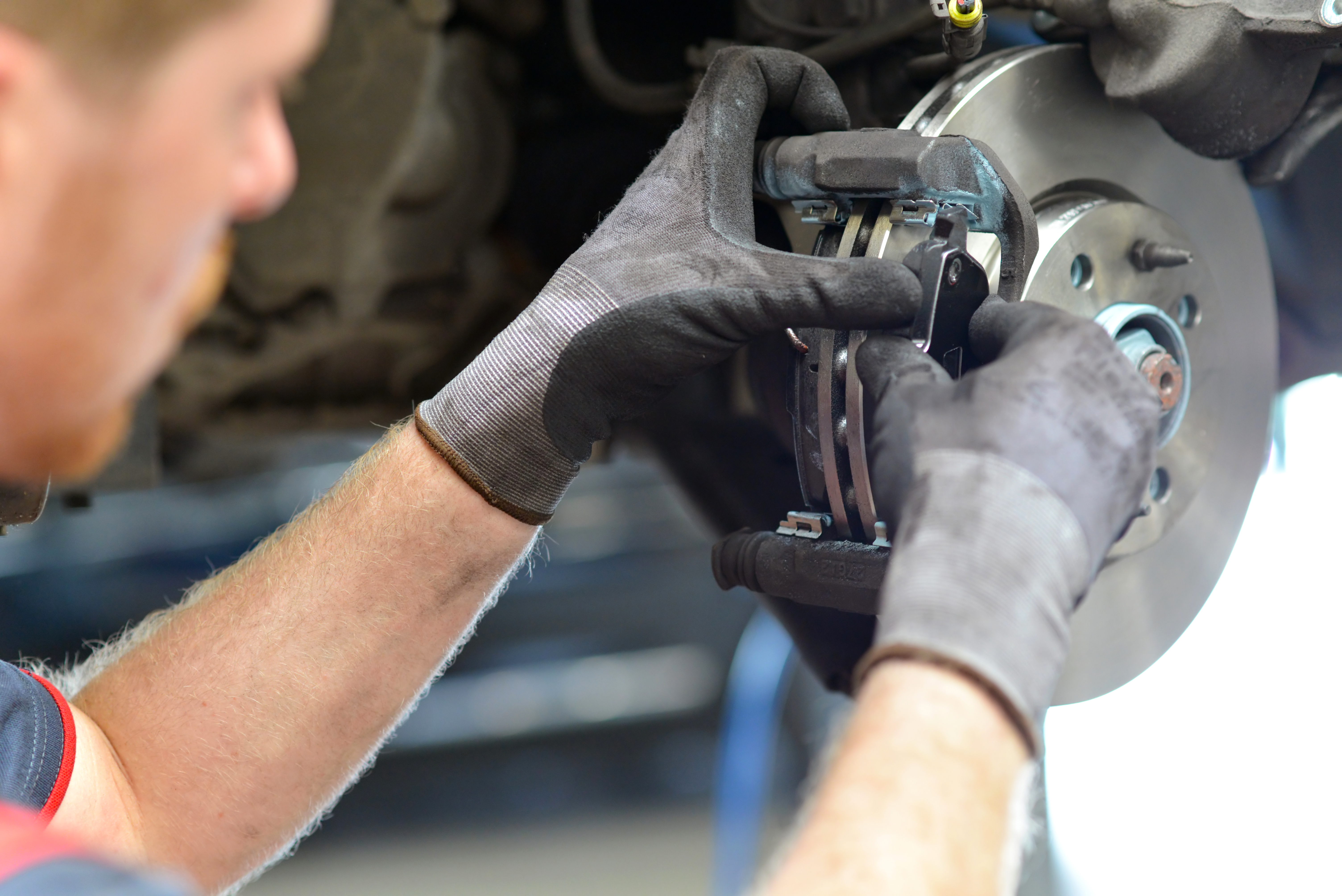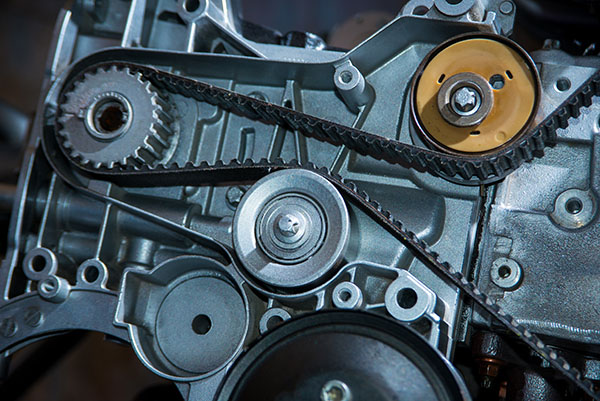Posted on 12/5/2023

Your car's engine is a finely tuned masterpiece, and one crucial component that plays a vital role in its performance is the fuel injector. When these precision devices get clogged with deposits, it can spell trouble for your engine's efficiency. To keep your engine running smoothly and efficiently, look out for these symptoms of bad fuel injectors. Signs of Dirty Fuel InjectorsPoor Fuel Economy One of the early indicators is a noticeable drop in fuel efficiency. Dirty fuel injectors can disrupt the proper fuel-to-air ratio, leading to increased fuel consumption. Engine Misfires A misfiring engine, characterized by a noticeable stutter or hesitation during acceleration, can be a sign that one or more fuel injectors are clogged. Rough Idling Dirty fuel injectors can disrupt the engine's idle, causing it to run unevenly ... read more
Posted on 11/28/2023

As you glide down the highway, the world outside becomes a blur, and the rhythmic purr of your engine is your steady companion. But then, it happens: an unsettling, mysterious shudder creeps through your steering wheel, and you feel your car's composure waver. It's a sensation that can send shivers down your spine and leave you with a disconcerting question: Why is my car feeling shaky at high speeds? We've all been there, and it's a concern that merits a closer look. Tire Issues One of the most common culprits behind high-speed vibrations is tire-related issues. Irregular tire wear, imbalanced tires, or damaged rims can all lead to a shaky ride. Over time, tires can wear unevenly, causing an imbalance that becomes more noticeable at higher speeds. Regular tire maintenance and professional wheel balancing can help remedy these problems, ensuring a ... read more
Posted on 10/27/2023

Revving engines, sleek designs, and the thrill of the open road – the automotive world is a symphony of innovation and craftsmanship. But amidst the roar of engines and the allure of horsepower, there's an unsung hero that ensures safety and control: brake pads. Let's answer a question that every car enthusiast should know - "Are There Different Types Of Brake Pads?" 1. Non-Asbestos Organic (NAO) Brake Pads Think of NAO brake pads as an eco-friendly option. Composed of organic materials like glass, rubber, and Kevlar, these pads are gentle on both your rotors and the environment. They offer quiet operation, low dust production, and smooth braking. NAO pads are perfect for daily commuters and those who prioritize a noise-free, comfortable ride ... read more
Posted on 9/29/2023

There is never a better moment to make your automobile more environmentally friendly than now, when environmental issues are on everyone's mind. There are easy and affordable methods to be green when driving; you don't need to spend a lot of money on an expensive electric vehicle. How can you do it then?1. Maintenance is Key!The first step in making your car eco-friendly is ensuring it's running at its best. Regular maintenance, such as oil changes, air filter replacements, and tire maintenance, can significantly improve fuel efficiency. A well-tuned engine reduces emissions and saves you money at the pump.2. Drive MindfullyYour driving habits play a crucial role in your car's eco-friendliness. Avoid aggressive acceleration and sudden stops, as these actions consume more fuel and increase emissions. Instead, opt for smooth, gradual acceleration and maintain a consistent speed to maximize fuel efficienc ... read more
Posted on 8/30/2023

In the intricate dance of an internal combustion engine, timing is everything. The synchronized movements of pistons, valves, and other components are crucial for efficient power generation. At the heart of this precision lies the timing belt, a remarkable invention that revolutionized engine design and performance. This blog delves into the fascinating journey that led to the creation of the timing belt, exploring the driving forces behind its development and its pivotal role in the automotive world. The Need for Precision In the early days of the internal combustion engine, mechanical timing was achieved using gears and chains. However, these mechanisms had limitations, such as noise, friction, and ... read more